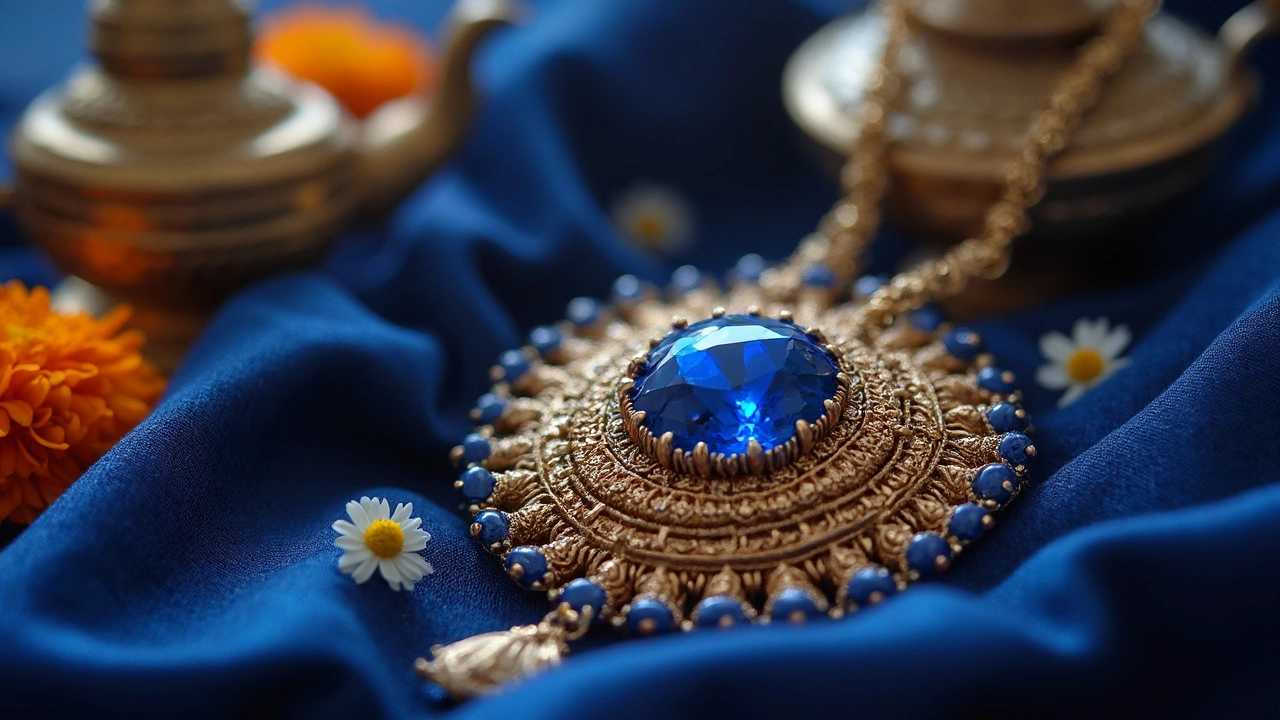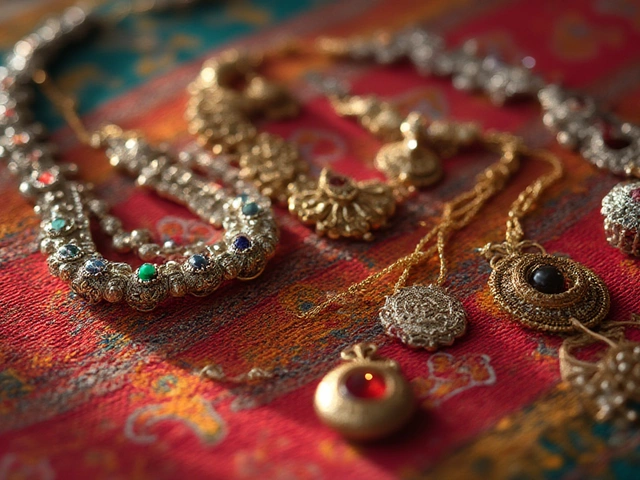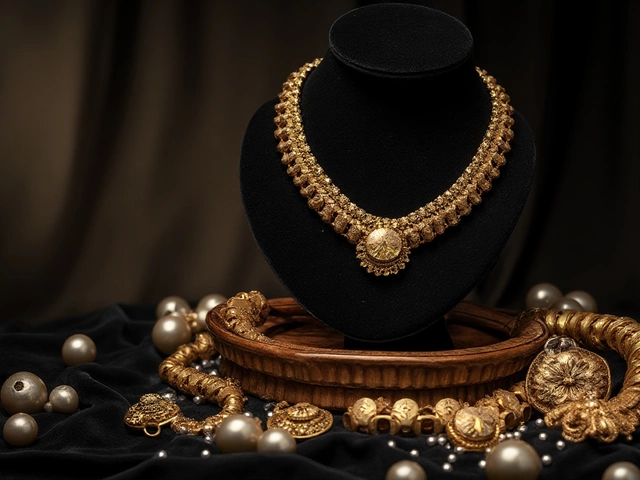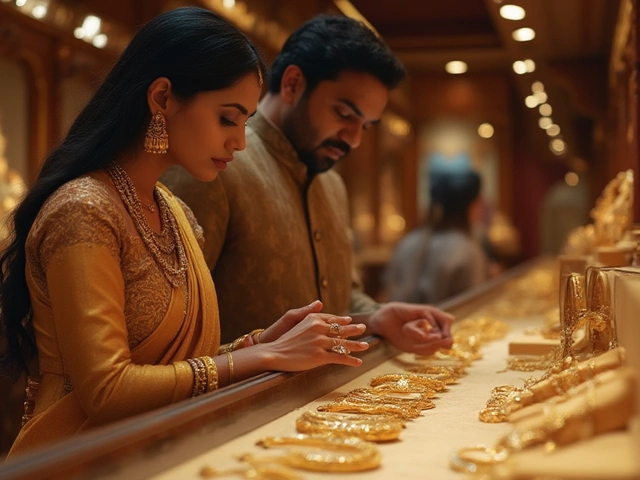Gemstone Value Guide – How to Judge the Worth of Gems
If you’ve ever stared at a sparkling stone and wondered if it’s worth the price tag, you’re not alone. Understanding gemstone value isn’t rocket science, but it does need a few simple checks. Below you’ll find the basics that let you spot a good deal, avoid cheap imitations, and even think about gems as an investment.
What Makes a Gemstone Valuable?
Value comes from four main factors: color, clarity, cut, and carat weight. Color is the most obvious – a deep, vivid hue usually costs more than a pale shade. Clarity means how clean the stone is; fewer inclusions mean a higher price. Cut affects how the gem reflects light – a well‑cut stone sparkles more, adding to its worth. Finally, carat weight is the size, but a larger stone with poor color or clarity can still be cheaper than a smaller, high‑quality one.
Know the Certifications and Hallmarks
In India, reputable labs like GIA, IGI, or the Indian Gemological Institute issue certificates that detail a stone’s 4Cs and any treatments. Always ask for a certification before buying. If a seller can’t produce one, treat the stone with suspicion. Hallmarks on gold‑set gems (like 22K or 18K) also matter – they guarantee the metal’s purity and protect you from fake settings.
Another red flag is "treated" gemstones. Many sapphires and rubies undergo heat treatment to improve color. That’s fine if it’s disclosed, but untreated stones command higher prices. Look for words like "natural," "untreated," or "laboratory‑grown" on the certificate.
Market trends also influence price. Precious stones like rubies from Myanmar or Kashmir sapphires often fetch premium rates because of scarcity. On the other hand, locally sourced stones like spinel or quartz tend to be more affordable.
When you compare prices, use the per‑carat rate rather than total cost. A 2‑carat ruby worth $5,000 is $2,500 per carat; a 5‑carat stone at $10,000 is only $2,000 per carat, indicating the larger stone may be a better deal.
Finally, think about resale. Gems that hold value over time are usually those with strong demand and limited supply. Gold‑set pieces, high‑grade diamonds, and rare colored stones fit the bill. Keep the original certificate, receipts, and a photo of the setting – they all boost resale potential.
In short, assess color, clarity, cut, and carat, demand a credible certificate, watch for treatments, and compare per‑carat prices. Follow these steps and you’ll walk away with a gemstone that truly matches its price tag, whether you’re buying for everyday wear or building a small investment portfolio.
Kashmir Sapphires: How Rare Are They Really?
Kashmir sapphires have an almost mythical status in the world of gemstones, famous for their intense blue color and extreme rarity. This article dives deep into why these sapphires are so hard to find, especially in the context of Indian temple jewellery. You'll get practical tips on how to spot a real one, why collectors go crazy for them, and how their scarcity impacts their value. Knowing the facts can help you make smarter decisions if you're ever looking to buy or invest in heritage jewellery pieces linked to Indian tradition.





